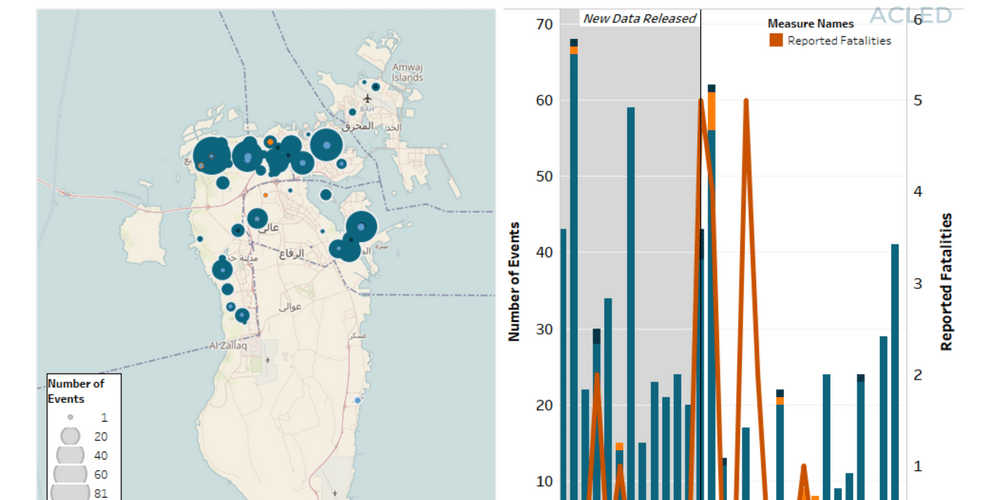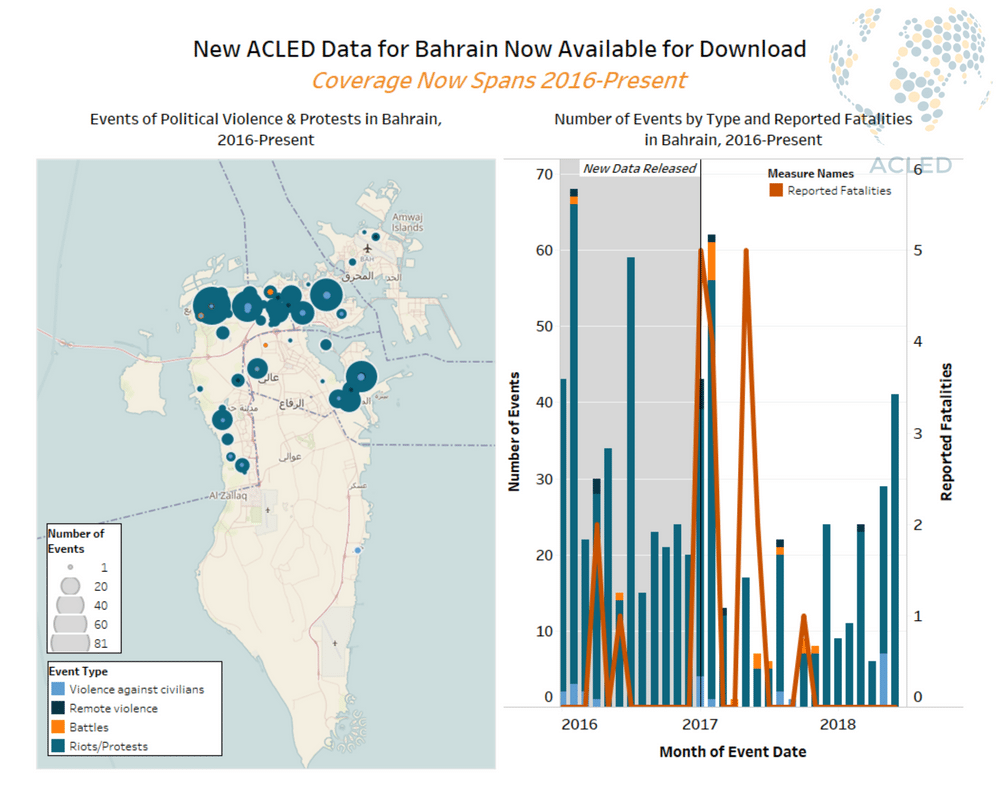In 2016, high periods of demonstration activity were reported during three particular periods in Bahrain. First, the year started with Saudi Arabia executing the prominent Shiite cleric Nimr Baqir al-Nimr. This led to numerous rallies and protests held by Bahraini Shiites over several days in condemnation of his killing during January 2016. Second, a surge in protests and riots occurred in February 2016, as hundreds of mainly Shiite Muslim demonstrators took to the streets of the Bahraini capital, Manama, and several other towns and villages across the country to commemorate the fifth anniversary of the 2011 uprising, demanding political reforms by the ruling Sunni royal family. During these events, clashes broke out in several areas between demonstrators and police. In Manama, police fired tear gas and water cannons at youth who burned tires and threw debris at police officers. The third round of demonstrations came about from the end of June 2016 and continued into July. Most of these protests were triggered by the government of Bahrain’s decision to revoke the citizenship of Bahrain’s most senior Shiite cleric, Ayatollah Isa Qassim, on June 20. This decision followed the suspension of the leading Shiite opposition party, the Wefaq National Islamic Society, a week earlier. Over several weeks, demonstrators took to the streets across the predominantly Shiite towns and villages in Bahrain, showing their support for Ayatollah Qassim and condemning the government’s sectarian policies.
AnalysisCivilians At RiskConflict MonitoringMiddle EastPressRemote ViolenceRioting And ProtestsViolence Against Civilians







